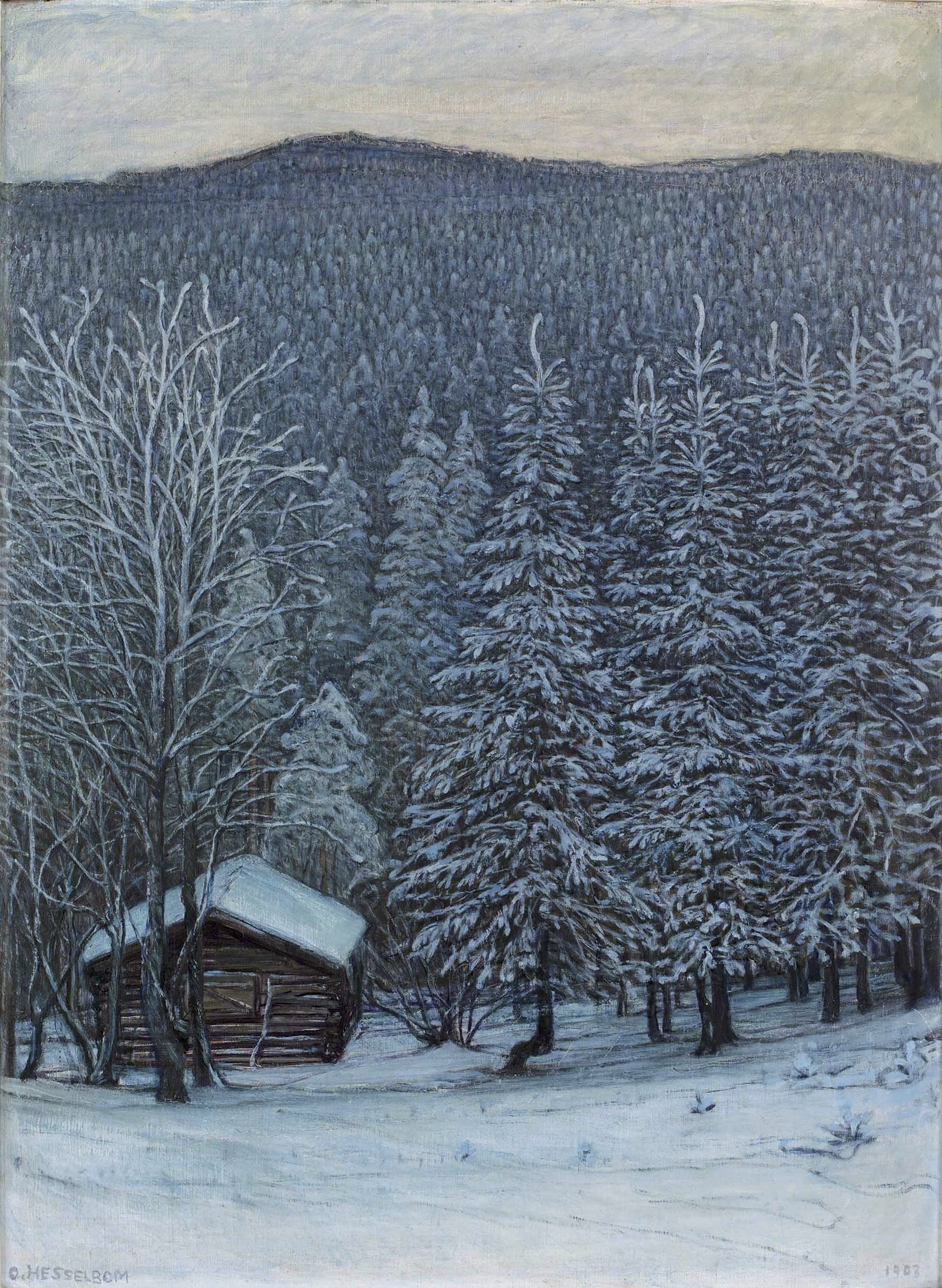Dick Harrison´s "Dalslands historia" is something as peculiar as a history of - wait for it - Dalsland, a small province in western Sweden, hemmed in between Lake Vänern and the Norwegian border. The largest town is Åmål. When Harrison, who is an actual professor of history, told people that he was writing a history of this god-forsaken place, even people who actually live in Dalsland wondered *what* history? Other denizens of Sweden could hardly point out Dalsland´s location on a map! (For the record, I can. And no, I´m not very good at Swedish geography, despite having lived here like forever. I didn´t know Dalsland was part of Västra Götaland County since 1998. Now, I do. Thank you.)
"Dalslands historia" (only available in Swedish) is intended as an introduction, but at 350 pages, I say it´s comprehensive enough for the general reader. I believe the book is intended to be sold at gift shops in the province, being published with the support of the local tourist industry. However, it is a "real" history book, rather than a travel guide. There is more text than illustrations.
During the Viking Age and Early Middle Ages (or rather the periods known by these names in Swedish historiography), the status of Dalsland was long undecided. The province was a wild border region between the emerging kingdoms of Sweden and Norway. Rebellious Norwegian clans would frequently seek and find shelter in its vast forests, out of reach of the Norwegian royal power. It was part of the Swedish diocese of Skara, but both Swedish and Norwegian nobles claimed the territory. Even after becoming definitely Swedish, smuggling across the Norwegian border was extremely common. The local peasants didn´t like the idea of being forced to sell their goods at Swedish markets (and pay extra taxes). Like other border regions, Dalsland was frequently hit during wars between Sweden and Denmark-Norway. Absurdly, the town of Åmål was sometimes burned down *by the Swedish army* to stop the enemy from taking and using it!
The area was heavily hit by the Great Plague during the 14th century (like everyone else). During the Engelbrekt uprising, the local fortress of Dalsborg was attacked and burned down by the rebels. In general, Dalsland´s history follows the general Swedish ditto, so Harrison frequently strays from strictly provincial matters to all-Swedish or even international ones. The Kalmar Union, the Reformation, the Great Power Period and the Napoleonic Wars all make guest appearences.
During the 17th and 18th centuries, Dalsland must have been a area of great contrasts. The churches were frequently decorated with real masterpieces, making later art historians talk about "the peasant Baroque". Meanwhile, (privileged) travelers from other parts of Sweden complained about how poor, dirty and unkempt both the population and the general area was. The peasants supposedly lacked both the necessary skills and initiative to modernize agriculture, their animals were neglected and starving, and so on. (And yet, they somehow survived. Funny how that works.) The burghers of Åmål, who were really only one step removed from this bucolic idiocy, constantly competed with other towns around Lake Vänern for trading rights, demanded that the peasants use Åmål´s port to transport their goods, etc. This was during the heyday of mercantilism, when the entire Swedish economy was tightly regulated by the royal government in Stockholm. The other towns around Vänern often demanded that the government should remove Åmål´s town privileges entirely!
During the 19th century, agriculture was finally modernized, while population rose and many peasants found themselves severly impoverished. Free trade replaced the mercantilist system. The Dalsland Channel was built, making travel and transport across the region much easier than before. Iron and steel production became important, and so did the growing and export of oats. The peasants who owned larger farms invested heavily in oat production, and local merchants became rich on the oat exports to Britain (where it was used as horse feed). During the end of the 19th century, both the local iron-steel industry and the oat production went bankrupt. One way to alleviate the hardships was to emigrate to the United States.
Several chapters of "Dalslands historia" deal with art and architecture. I have already mentioned the paradoxically named "peasant baroque". During the late 19th and early 20th century, Otto Hesselbom became Dalsland´s most acclaimed painter, and one of many national romantic artists who created the vision of how something "typically Swedish" supposedly looked like. Neo-Gothic churches harked back to a romanticized picture of the Middle Ages. More interesting perhaps, was the Symbolist painter Olof Sager-Nelson, who died in Algeria and never saw acclaim during his life time (that´s Symbolism for you, right there).
Modern Dalsland is, of course, pretty similar to the rest of Sweden. Harrison points out that Dalsland became sort-of-internationally famous in 1998, when the Swedish film "Fucking Åmål" was released (known internationally as "Show Me Love" - it´s a teen lezbo drama, if you must know). In the film, Åmål is depicted as the archetypically boring small town. Ironically, the film wasn´t made in Åmål, but in Trollhättan, which isn´t even in Dalsland (and is perhaps less boring). On a funnier note, the town of Brålanda in Dalsland is mentioned in the "Guiness Book of World Records", since it has the world´s largest Santa Claus parade?!
From medieval forest bandits to modern Santa Claus parades, well, at least nobody is starving in Dalsland anymore!
Perhaps recommended.

No comments:
Post a Comment